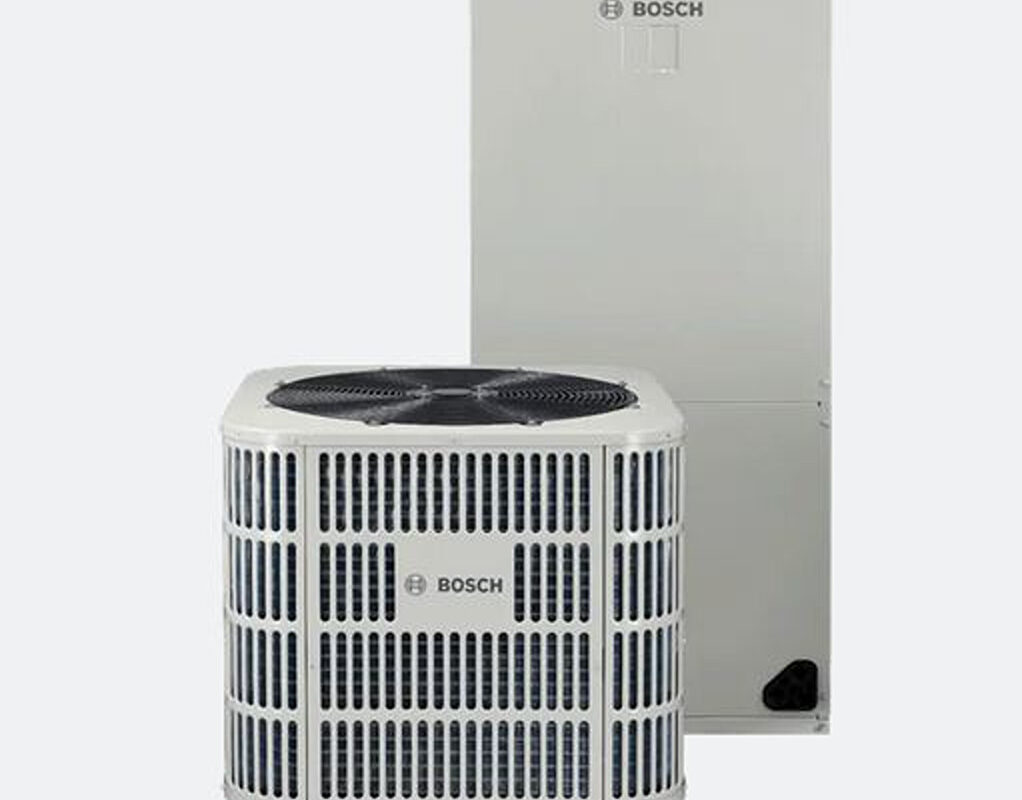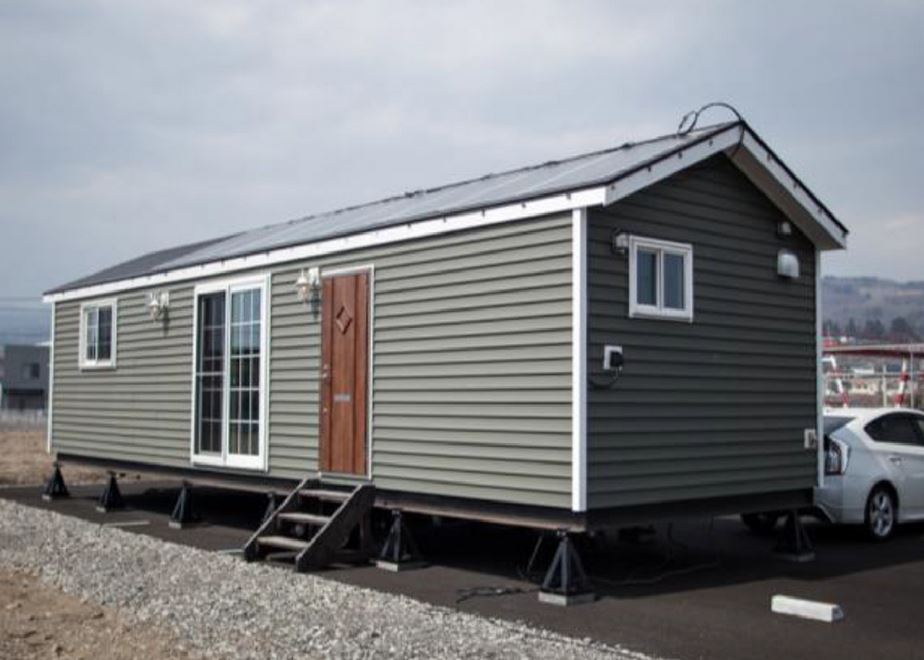Researchers in Japan have shown driven mobile homes on solar energy, including a bedroom and living room with an integrated kitchen, bathroom, toilet and toilet. Their work shows how renewable energy can improve resilience in temporary housing solutions, reducing the dependence on external power sources.
A research group led by Japanese Nagoya University has conducted a feasibility study of PV-driven temporary housing solutions tailored to the unique climatic and disaster-sensitive conditions of Japan.
“The novelty of this study lies in its application on Japan, a country that is very susceptible to seismic disasters, where the potential for energy-self-provision in mobile homes is relatively unexplored,” said the corresponding author, Sihwan Lee, said PV -Magazine. “By integrating PV panels with energy storage, the study shows how renewable energy can improve the resilience in temporary housing solutions, reducing the dependence on external power sources.”
The experimental setup was based on a commercially available mobile home with a bedroom and living room with an integrated kitchen, bathroom, toilet and toilet. A single air conditioner in the bedroom provides heating and cooling for the entire unit. Exhaust fans in the living room, bathroom and toilet provided ventilation. On that unit, the team installed eight 300 W PV panels to reach a total input of 2,400 W. A lithium-ion iron phosphate (LIFEPO4) battery with a capacity of 3 kWh was installed in the house.
The system was tested on January 19, 2024 in the Japanese city of Nagano. The maximum air temperature registered on the measurement day was 7.4 C at 13:40, with an average temperature of 3.8 ° C during the registered period. The global horizontal radiation (GHI) peaked at 12:12 and reached a size of 744.0 W/m2.
“On the day of the finish, the total electricity was generated by the solar panels about 4.2 kWh, while the air conditioner consumed about 8.3 kWh,” the research team said. “Although the efficiency of the power of the generation varied with the surface temperature of the solar panels, the average efficiency of the current generation during the day was around 16.0%, which was lower than the catalog-specific value of 19.3%. “

Image: Nagoya University, Sustainable Cities and Society, CC by 4.0
After that measurement, the unit was simulated numerically using different software. The group selected six cities to test and analyze the feasibility of operating mobile homes on other latitudes, lengths and weather conditions. They were Sapporo, Tokyo, Niigata, Nagano and Takamatsu. In addition, the models were asked to optimize the PV installation angle, the total surface of the panels, the battery capacity and the total costs.
“Mobile house equipped with eight commercially available photovoltaic panels can generate more than 3,000 kWh of electricity in every region of Japan every year,” they thought. “Stoconic houses with eight solar panels and 3 kWh storage batteries showed a high self -supply during cooling periods in regions with lower cooling loads. However, maintaining self-sufficiency during heating turned out to be a challenge in most areas, except Naha, due to significant heating taxes during non-generating hours. “
In addition, the results showed that increasing the number of solar panels and storage battery capacity improved the self-supply of the self-supply to more than 80% in non-cold regions. However, these improvements were limited in cold regions, even with extra solar panels and storage capacity.
“In colder areas with high heating needs, the optimum solar panel corners varied from 59 ° to 63 °, so that the generation of the winter -maximal electricity was maximized. Conversely, warmer regions with lower heating needs considerably lower corners, “they concluded. “The reaching of off-grid electricity self-supply requires region-specific optimization of panel corners and storage battery capacities based on local climate and energy demand conditions.”
Their findings were presented in “Self-supply of electricity from Off-Grid Stacaravans as temporary housing: a feasibility study in Japan“Published in Sustainable cities and society. The research was conducted by scientists from Japanese Nagoya University and the mobile home produce Cumberland Japan.
This content is protected by copyright and may not be reused. If you want to work with us and reuse part of our content, please contact: editors@pv-magazine.com.
Popular content


